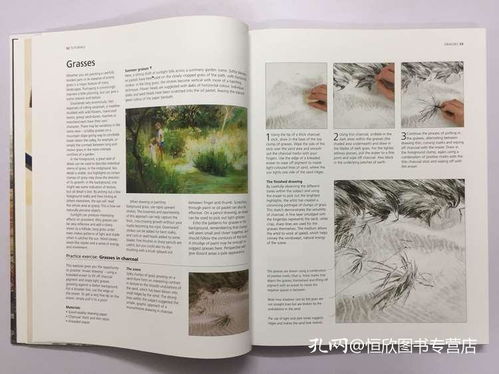Introduction: Lure fishing is an exciting and rewarding activity that can be enjoyed by people of all ages. It is especially enjoyable for children as it allows them to connect with nature, develop their patience, and learn new skills. However, teaching kids the art of lure fishing can be challenging. In this article, we will provide you with a comprehensive guide on how to teach your children the basics of lure fishing, ensuring they have a fun and memorable experience.
Prepare the Necessary Equipment: Before starting, make sure you have all the necessary equipment for lure fishing. Here's a list of essential items:

- Rod and reel: Choose a lightweight rod and reel suitable for the age and size of your child.
- Lures: Select colorful and vibrant lures that attract fish and are easy for kids to handle.
- Bait: You can use artificial bait or live bait, depending on your preference and the type of fish you're targeting.
- Line: Use a monofilament line that is appropriate for the size of the fish you're aiming to catch.
- Hooks: Use small, sharp hooks that are easy to handle and won't harm the fish.
- Sinkers: Attach a sinker to the line to keep the lure at the desired depth.
- Pliers: Use pliers to remove hooks safely.
- Fish scale: To weigh the fish you catch.
- First aid kit: In case of any minor injuries.
Choose the Right Location: Select a safe and suitable location for your child's first fishing trip. Consider the following factors:
- Accessibility: Choose a location that is easy for your child to reach and explore.
- Safety: Look for a place with minimal hazards, such as sharp rocks or fast currents.
- Fish population: Choose a location known for abundant fish species that are easy to catch.
- Privacy: Consider a quiet area where your child can focus on fishing without distractions.
Teach the Basics of Lure Fishing: Before hitting the water, teach your child the following basics:
- How to cast: Demonstrate the proper casting technique, emphasizing the importance of a smooth and controlled motion.
- How to retrieve: Show them how to reel in the lure in a consistent and steady manner.
- How to identify fish: Teach them how to recognize different fish species based on their appearance and behavior.
- How to set the hook: Explain the importance of setting the hook quickly and securely when a fish bites.
Patience and Practice: Encourage your child to be patient and practice their skills. Lure fishing can be challenging, and it's essential to teach them that success comes with time and practice. Here are some tips:
- Start with short sessions: Begin with short fishing sessions to keep your child engaged and prevent frustration.
- Offer positive reinforcement: Praise your child for their efforts and progress, no matter how small.
- Be patient: Understand that your child may not catch fish immediately. Encourage them to keep trying and enjoy the process.
Safety First: Always prioritize safety when teaching your child to fish. Here are some safety tips:
- Wear a life jacket: Make sure your child wears a life jacket, especially if you're fishing in deep water or near dangerous currents.
- Stay aware of your surroundings: Teach your child to be aware of their surroundings, including the weather, water conditions, and other people.
- Handle fish with care: Teach your child to handle fish gently and avoid causing harm.
- Keep a first aid kit handy: In case of any minor injuries, have a first aid kit readily available.
Conclusion: Teaching your child the art of lure fishing can be a rewarding experience that fosters a love for nature and outdoor activities. By following this comprehensive guide, you can help your child develop essential fishing skills while ensuring a safe and enjoyable experience. Remember to be patient, offer positive reinforcement, and prioritize safety. Happy fishing!












